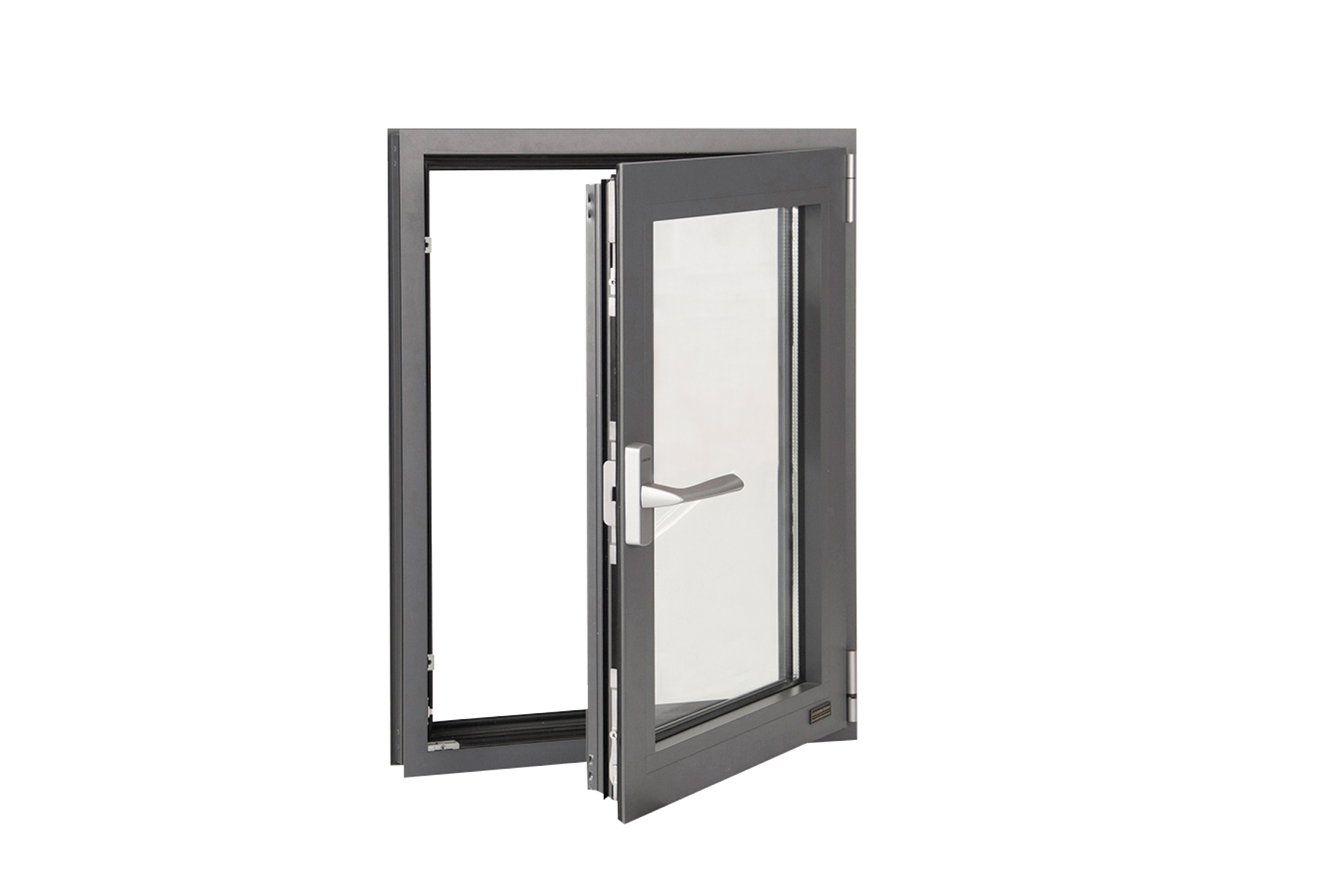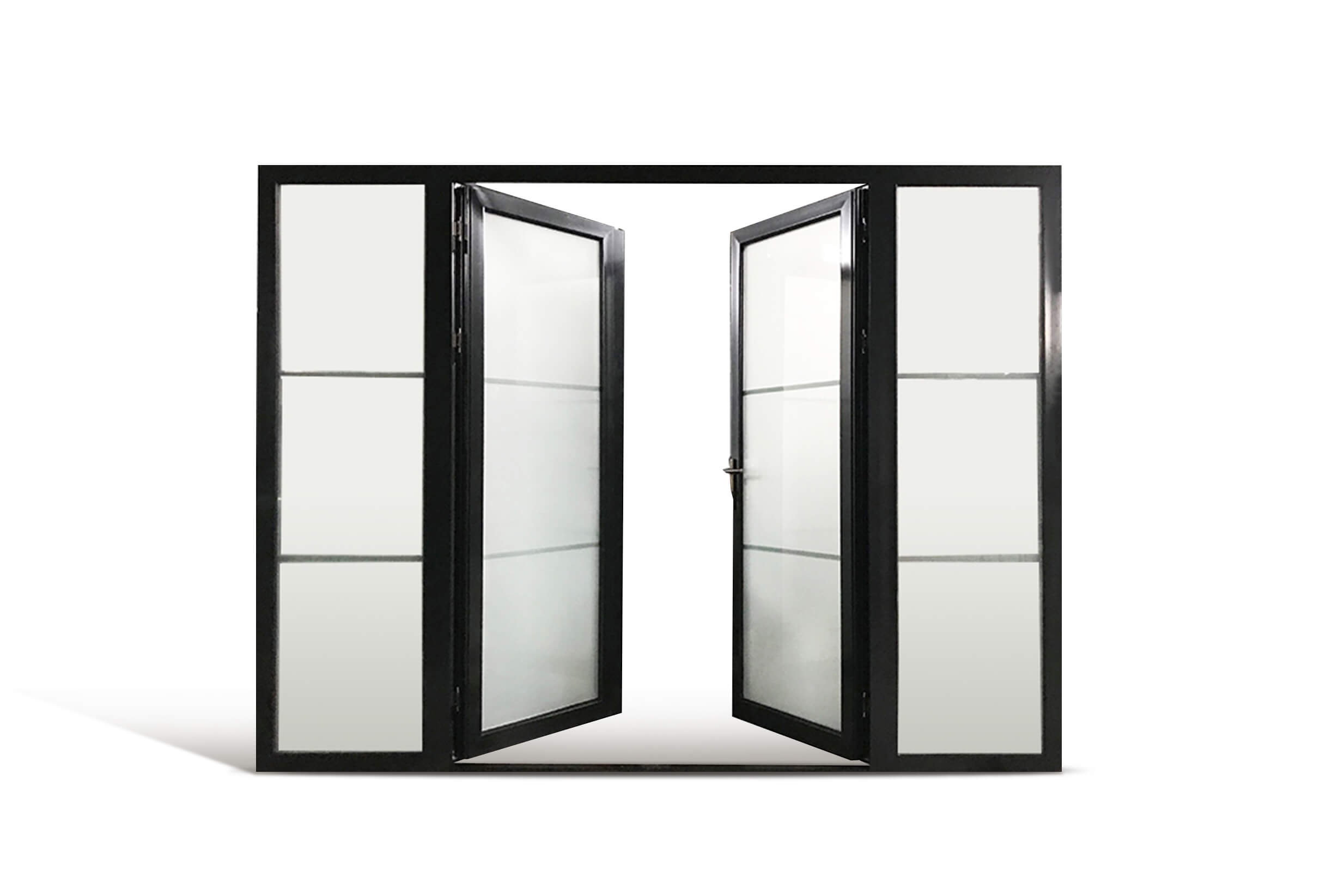Relevant Cost of Custom Front Doors
When it comes to your home's curb appeal, one of the most impactful changes you can make is installing a custom front door. Not only does a custom front door enhance the aesthetics of your home, but it also improves security and insulation. However, before diving into this home improvement project, it's essential to consider the relevant costs involved. In this article, we will explore the various factors that contribute to the cost of custom front doors.
1. Material Selection
Choosing the right material for your custom front door is crucial, both for its appearance and durability. Common materials for front doors include wood, fiberglass, and steel. Each material has its unique characteristics and price range.
Wooden front doors offer a timeless and classy look, but they require more maintenance compared to other materials. Fiberglass doors are popular due to their low maintenance and excellent insulation properties. Steel doors are highly secure but may lack the aesthetic appeal of wood or fiberglass.
Considering the aesthetic appeal, durability, and maintenance requirements of each material will help you make an informed decision that fits your budget.
2. Door Design and Customization
The design and customization options for custom front doors are vast. The complexity of the design, including specific patterns, carvings, glass inserts, or custom shapes, significantly impacts the cost. Additionally, adding features like sidelights, transoms, or decorative hardware can alter the overall cost of the door.
Before finalizing your door's design and customizations, it's crucial to consider your budget and the overall style of your home. Striking a balance between aesthetics and cost will ensure you achieve the desired look without overspending.
3. Door Size and Complexity
The size and complexity of the custom front door also contribute to its cost. Larger doors require more materials and labor, increasing the overall expenses. Complex designs and decorative elements may involve additional time and expertise during the manufacturing process, resulting in higher costs.
Prioritize the door size and complexity based on your needs while being mindful of your budget constraints. A professional door installer can help guide you in finding the right balance between design, functionality, and cost.
4. Installation Costs
Another crucial factor to consider is the cost of professional installation. While it may be tempting to attempt a DIY installation, custom front doors require precision and expertise to ensure proper fit, security, and insulation. Hiring a professional not only guarantees a seamless installation but also minimizes the risk of damage to the door or your home during the process.
When budgeting for your custom front door, be sure to include the cost of professional installation. This expense ensures the best possible outcome and extends the lifespan of your investment.
5. Additional Expenses
Aside from the door and installation costs, it's essential to consider any additional expenses that may arise. These expenses can include hardware, such as doorknobs and locks, paint or finishing products, and potential maintenance or repair costs in the future.
It's advisable to set aside a budget for these additional expenses to ensure a comprehensive plan and avoid any surprise costs along the way.
Conclusion
Investing in a custom front door is a significant decision that requires careful consideration of various cost factors. By assessing the material, design, size, installation, and additional expenses, you can create a realistic budget that meets your needs and enhances the beauty and functionality of your home.
Remember, a custom front door not only adds value to your property but also creates a warm and inviting entryway that leaves a lasting impression on guests. Take the time to explore your options, consult professionals, and make an informed decision that suits your style, budget, and long-term goals.
cost of custom front door

 Picture Windows
Picture Windows Single Double Hung Windows
Single Double Hung Windows Tilt & Turn Windows
Tilt & Turn Windows Sliding Windows
Sliding Windows Bi-Fold Windows
Bi-Fold Windows Gliding Patio Doors
Gliding Patio Doors Bi-Fold Doors
Bi-Fold Doors Lift and Slide
Lift and Slide  Entry Doors
Entry Doors Swinging Doors
Swinging Doors




.jpg)
.jpg)